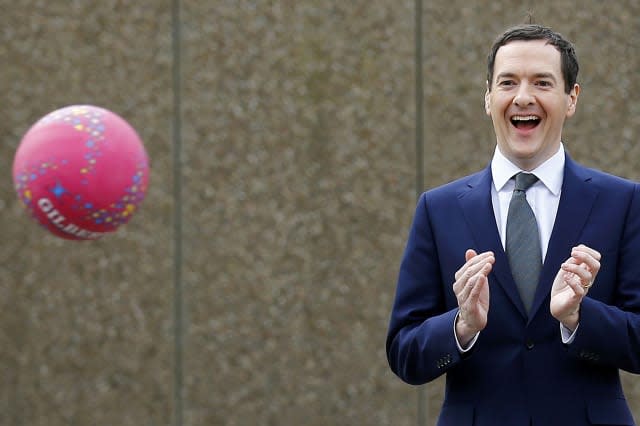Budget 2016: will the savings plans really help?

Savers were deemed to be among the biggest winners from the Budget yesterday, with a hike in the ISA allowance for next year, and two major savings initiatives: Help to Save and the Lifetime ISA. But while it all made for good headlines, there's a good chance that these measures won't be half as useful as they first appear.
ISAs
The increased ISA allowance seems to be a boost for savers - who will be able to put away £20,000 a year from next April into tax-efficient savings vehicles and share-based investments.
The problem with this is that cash ISAs are by far the most popular option, and they just aren't what they used to be. From April this year, the government will introduce a new tax free savings allowance, so that basic rate taxpayers can earn £1,000 on their savings before they pay tax (and higher rate taxpayers £500). While interest rates remain so low, it means that the vast majority of people won't be paying any tax on their savings anyway. It makes cash ISAs far less valuable.
For those saving for the long term, or who have significant savings, ISAs will remain essential tools. And when interest rates rise again they will make sense for more savers. However, the problem is that the new savings allowance has taken the heat out of the ISA market, so we are seeing exceptionally few of the great offers we normally see around this time of year, as ISA providers are not competing for our cash.
This means, unfortunately, that ISAs are less use to savers - and for those who still need to use them, they're less rewarding. It makes the bigger annual allowance far less exciting.
Help-to-Save
The Help to Save scheme was announced by David Cameron just before The Budget, in an effort to get people on lower incomes to save. Anyone on Universal Credit or Working Tax Credits will qualify for the scheme. They will be encouraged to save by the promise that the government will boost everything they save by 50% - up to a maximum of £300 a year.
The problem here is that in order to qualify, you have to hold the money in savings for two years - at which point you get up to £600 from the government. In order to get more of a boost, you then need to tie the money up again for another two years.
There will be precious few people on low incomes who can afford to save, and those who can tie their money up for two or four years will be even thinner on the ground.
Lifetime ISA
The Lifetime ISA is a major change, designed to help the under 40s save for the future - and will be introduced next April. The idea with this scheme is that young people can invest up to £4,000 a year in the ISA (which will come out of their wider ISA allowance). The government will then top this up by 25% - up to £1,000.
In the Treasury's example, someone who saves £200 a month will save £2,400 in their first year, and get a £600 government bonus. If they carry on doing this for five years and earn an interest rate of 4%, their savings – including the bonus – will come to around £16,000.
The money can be used as the deposit on your first home, or for retirement (at the age of 60). It cannot be used for anything else - or savers will lose their government bonus and will pay a 5% penalty.
This has an advantage over pensions for young people, because it means saving for a goal they can realistically foresee - as well as for the very long term. However, it remains to be seen just how much money young people can afford to set aside - regardless of how attractive the savings vehicle is.
The government has factored a relatively low take-up into its sums. It expects it to cost £590 million in 2020 and £850 million the year after. It sounds like a lot, but it's relatively small-potatoes.
Ben Simpson, CEO of Menzies wealth management points out: "This is comparatively small change when set against the cost of say, Pension Tax Relief, which costs the treasury in the region of £50 billion in Tax and NI relief."
He adds: "It remains to be seen whether the introduction of the Lifetime ISA will make a fundamental difference to saving rates. There is of course a question as to whether young people can afford to contribute to a Lifetime ISA in addition to paying off student loans, renting a flat and of course contributing to their pensions through automatic enrolment. Indeed a cynic might suggest that the main beneficiaries of the Lifetime ISA will be young individuals with higher disposable incomes and of course those with wealthy parents, perhaps not entirely different to the individuals who currently benefit from pension tax relief."
If take-up is better than expected, meanwhile, it could have the unfortunate side-effect of pushing first-time-buyer house prices up. Even with a low take-up, the Office of Budget Responsibility has factored in a 0.3% boost to prices - and says it may be more if they have underestimated people's enthusiasm for the scheme.
But what do you think? Will any of this change the way you save? Let us know in the comments.





